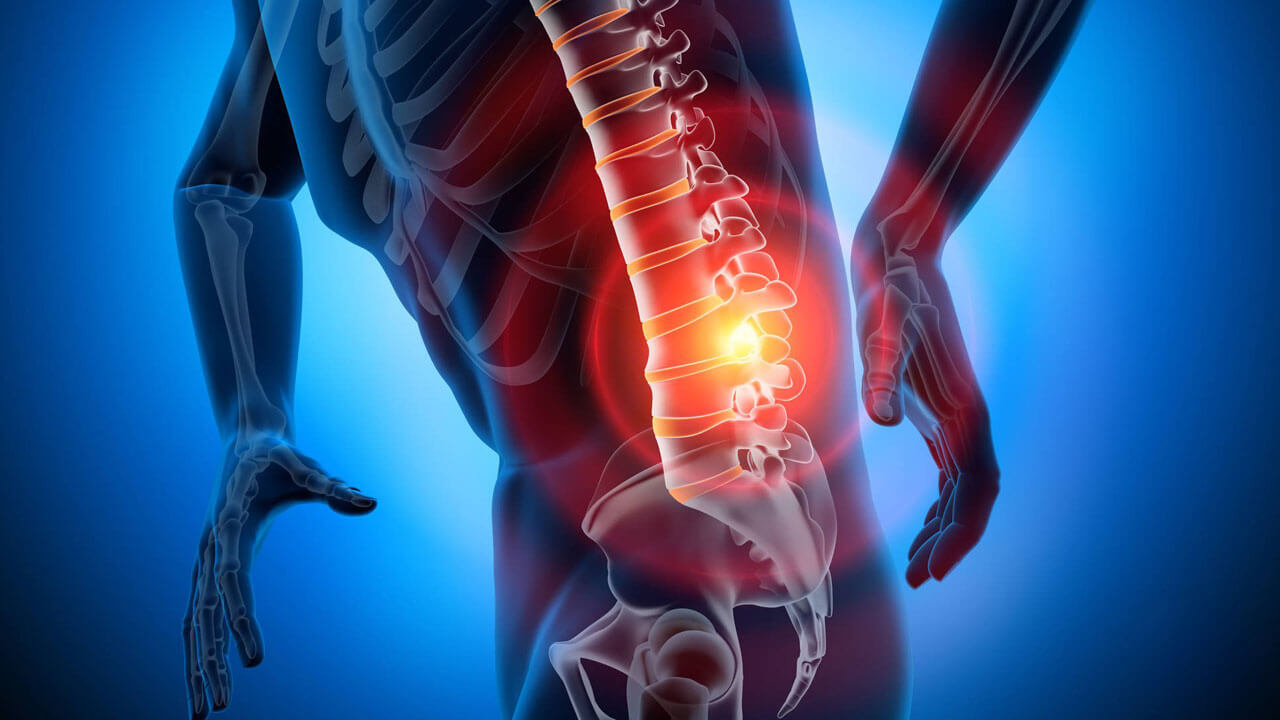


Function of the Discs
The discs between the vertebrae allow spinal mobility and act as shock absorbers that bear weight.
The outer part of the disc (annulus fibrosus) is tough, while the inner part (nucleus pulposus) is soft and gel-like.
Causes of Lumbar Disc Herniation
Mechanical Strain: Heavy lifting, poor posture, sudden movements.
Aging: Discs lose water content, become more prone to wear and tear or rupture.
Trauma: Accidents or falls.
Genetic Predisposition: Some individuals have a higher risk of disc degeneration.
Symptoms
Local Symptoms:
Lower back pain
Pain that increases with movement
Nerve Compression Symptoms:
Pain radiating to the buttock, leg, or foot (sciatica)
Numbness or tingling (paresthesia)
Muscle weakness
Severe Cases (Cauda Equina Syndrome):
Loss of bladder or bowel control
Severe weakness in the legs
Requires emergency surgery
Diagnostic Methods
Physical Examination: Assessment of nerve function
Magnetic Resonance Imaging (MRI): Detailed imaging of the disc
Computed Tomography (CT): Detailed view of the bony structures
Electromyography (EMG): Measures the extent of nerve compression
Treatment Options
Conservative (Non-Surgical) Treatment:
Physical Therapy: Exercise programs, heat-cold applications
Medical Treatment: Pain relievers, muscle relaxants, steroids
Injections: Epidural steroid injections
Surgical Treatment (Rare Cases):
For neurological deficits or persistent pain unresponsive to conservative treatment
Microdiscectomy: Removal of herniated disc material
Lumbar Fusion: Complete disc removal and spinal stabilization
Prevention
Proper Posture and Ergonomics: Protect the lower back when lifting heavy objects
Regular Exercise: Strengthen core and lower back muscles
Weight Control: Excess weight increases pressure on the spine
Prognosis
Most cases of lumbar disc herniation improve with conservative treatment. However, surgery may be required in cases of significant nerve compression or permanent neurological deficits.